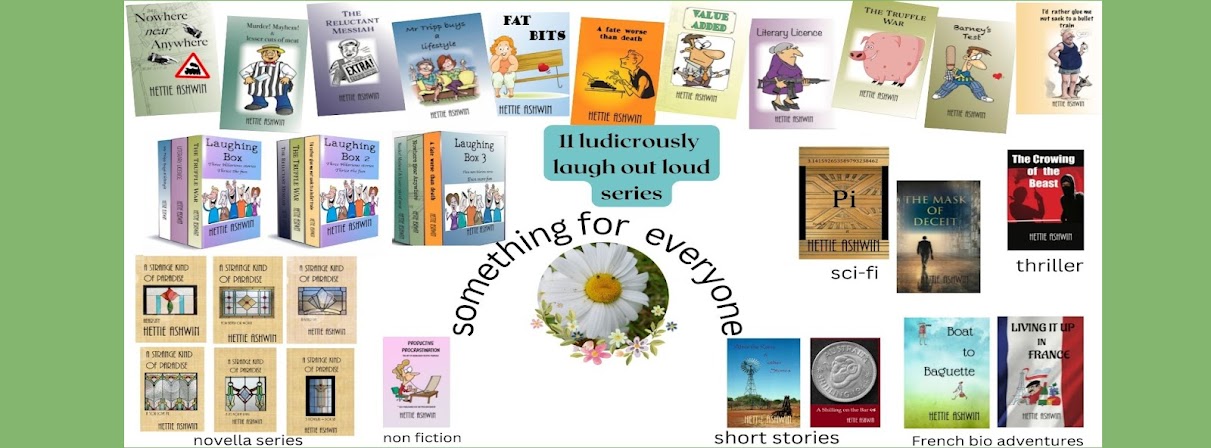As I write I often think of the scene as a movie. How would the players move around my set, look on screen and cut to the next scene.
Writing in pictures is a good way to get the characters to act life like. And they say a picture paints a thousand words, so why not just describe the action instead of trying to be too clever and lyrical about it.
Some pundits say show don't tell and this rings true, but it doesn't stop you writing for the moment and describing the scene.
If you were writing for radio then
"Sit on my comfy chair, Mr Waterstone. The one by the window and pour yourself a cup of tea." would work fine.
But if it were a movie then Mr Waterstone's entrance would mean so much more just by the clothes he wore, the way he plopped in the chair or sat upright. The obedience of the command or was it a kindly request. The tone of the voice would decide that. There are so many factors at play.
 So writing the scene and taking in all the nuances of the moment will give the reader more knowledge, more understanding of what is taking place. You don't have to do it all in the one paragraph.
So writing the scene and taking in all the nuances of the moment will give the reader more knowledge, more understanding of what is taking place. You don't have to do it all in the one paragraph.Leading up the the moment with small well placed hints in the story gives the reader the satisfaction that they know what is happening and why.
If you have a idea of an actor for the movie of your novel, then making them do things (physically) helps you understand how to move the story along. Can Guy Pierce look sullen? Would Robbie Coltrane be able to fall off a bicycle? Is Dawn French capable of looking sad? They might even give you ideas to expand the character.
Thinking in movie mode is a good way to see if the story would work. Too many characters? Too big a battle scene to make any sense? Too much talking and not enough doing. think back to movies you have seen and try to think why they did or didn't work. Good editing? Cutting to the chase quickly. Not complicated?
In Doctor Zhivago the cold plays an important part. It is shown with ice, snow etc, but it is more than this. Breath coming vapour, faces wrapped in scarves with just eyes showing, frozen fingers scrabbling around the brick work. All these images say more than just the cold. Writing can be the same.
"Three spent bullet shells. It was all he needed to see."
"Transfixed, she watched the bead of sweat run down his bare chest."
Imagine seeing a talking scene on the screen. How long could a two hander go on before there was any physical action? So when writing dialogue remember that people can talk and walk at the same time.
How many times have you seen a movie with the people talking and walking, talking and getting dressed, talking and driving. So put action in the story
Your main characters (movie stars) need to be seen on the screen. Same with a story. What is the point if we see "The hills are alive with the sound of music," and we don't see Maria.
When you next watch a movie, make it a learning exercise. Look at the film as a student. Why did they do that cut away scene? Was the action well paced. How much are they giving away to make it understandable and how long into the movie before you knew what was happening and why? How long did it take you to figure it out?
All these questions make for better writing. Apply them to you manuscript, short story or novella.
So play the game. Think who would you like to star in your novel?


No comments:
Post a Comment
if you like what you see please let me know, Ciao!